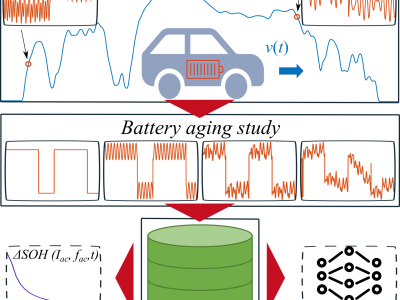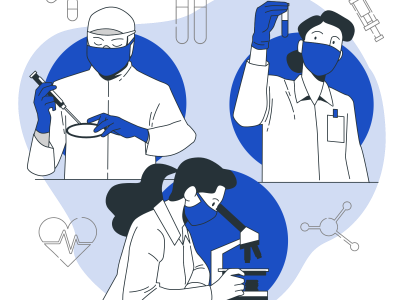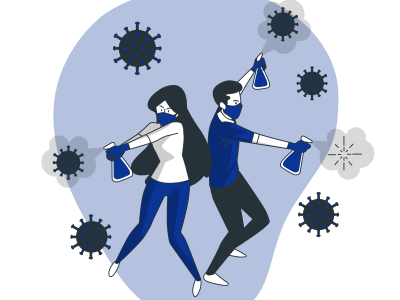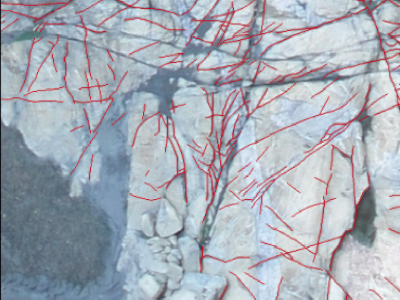
The dataset represents the negative interaction dataset of the Drugbank that has been generated from our proposed machine learning method based on drug similarity, which achieved an average accuracy of 95% compared to the randomly generated negative datasets in the literature. Drugbank was used as the drug target interaction dataset from https://go.drugbank.com/. It consists of 1,264 interactions among 504 drugs and 507 proteins. The dataset includes drugs names, their accession numbers, proteins names, their UniproteId on Uniprot at https://www.uniprot.org/.
- Categories:





